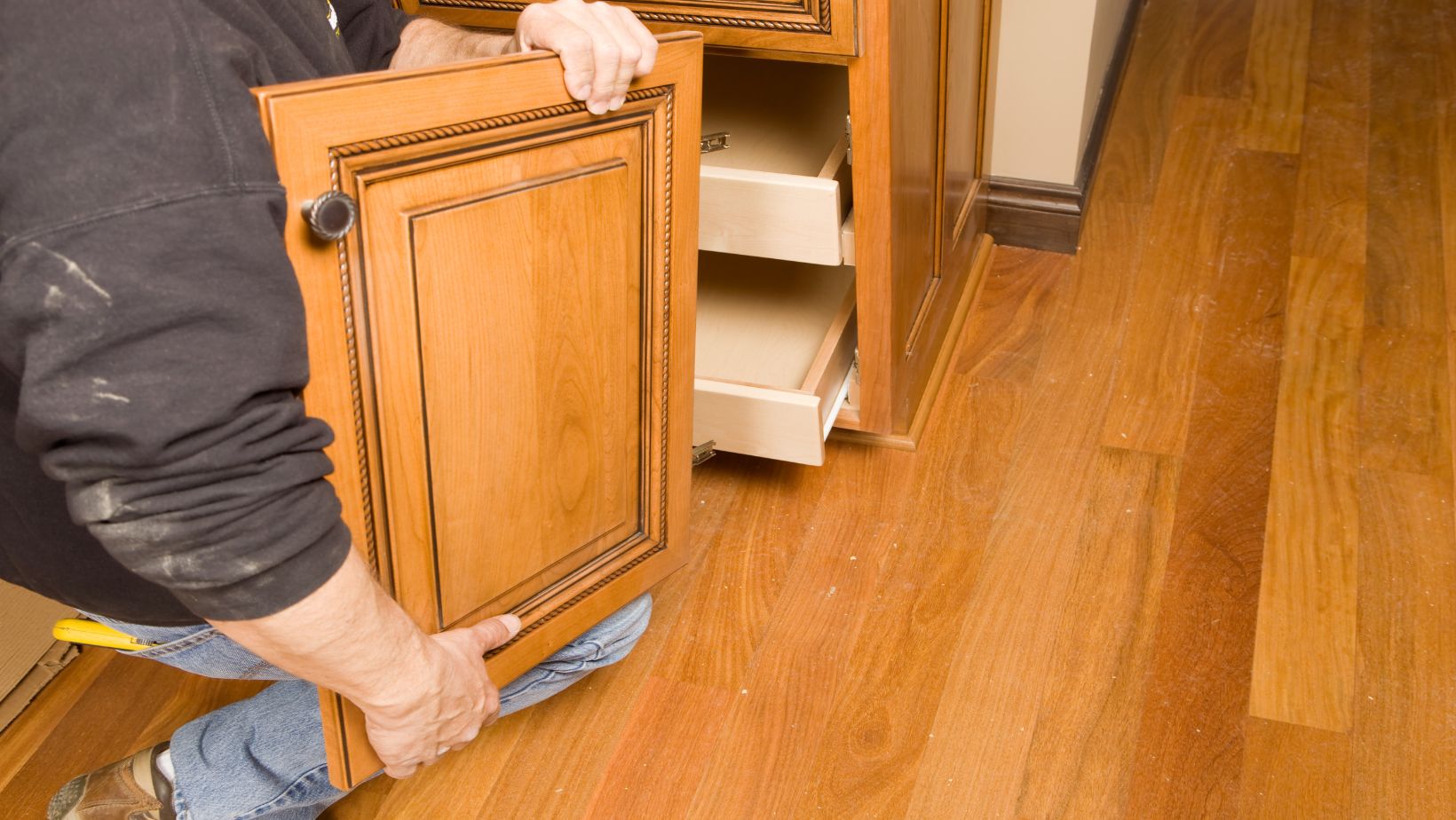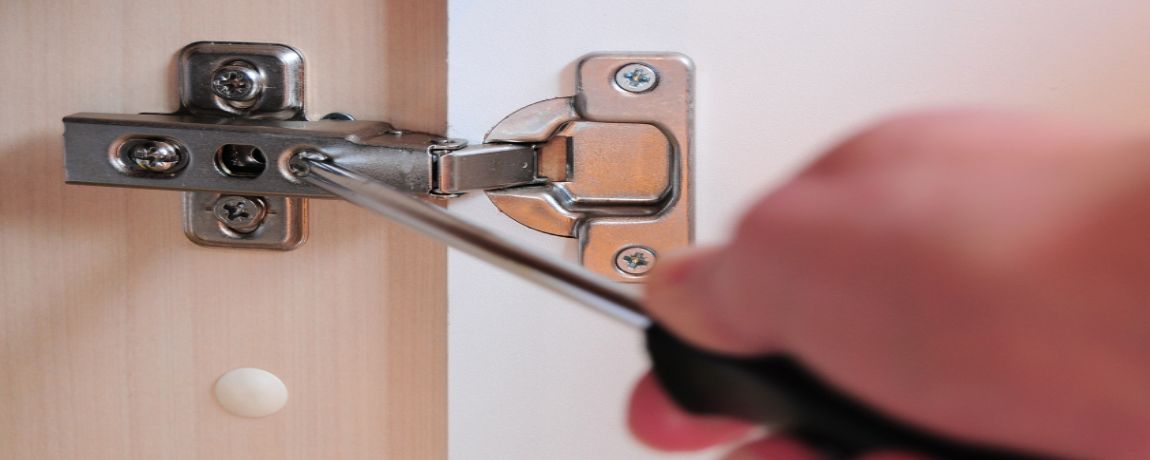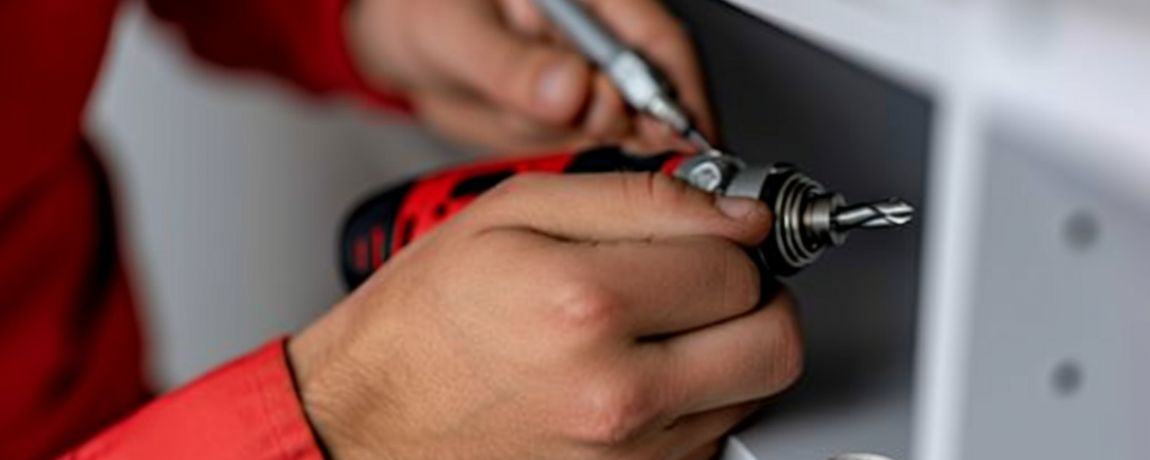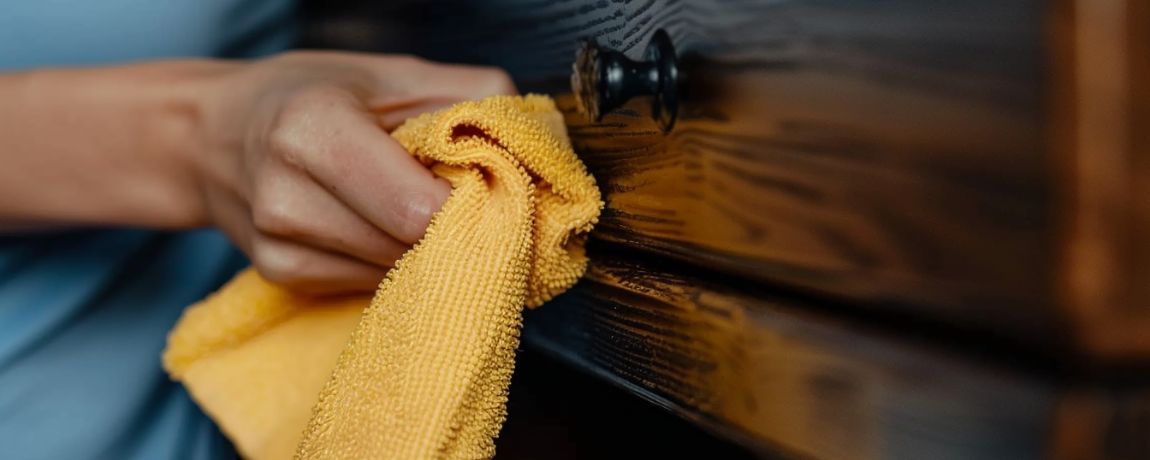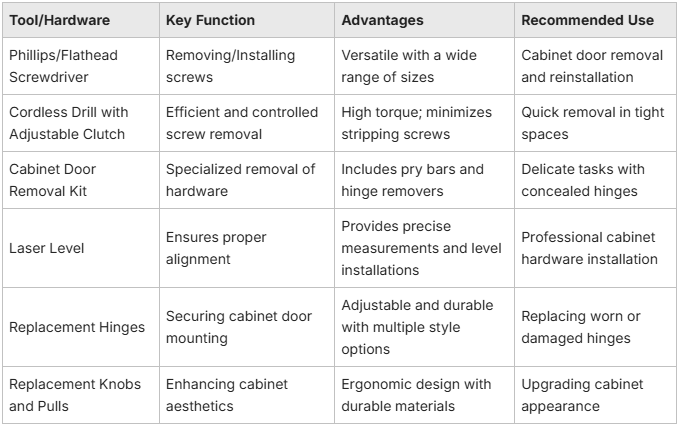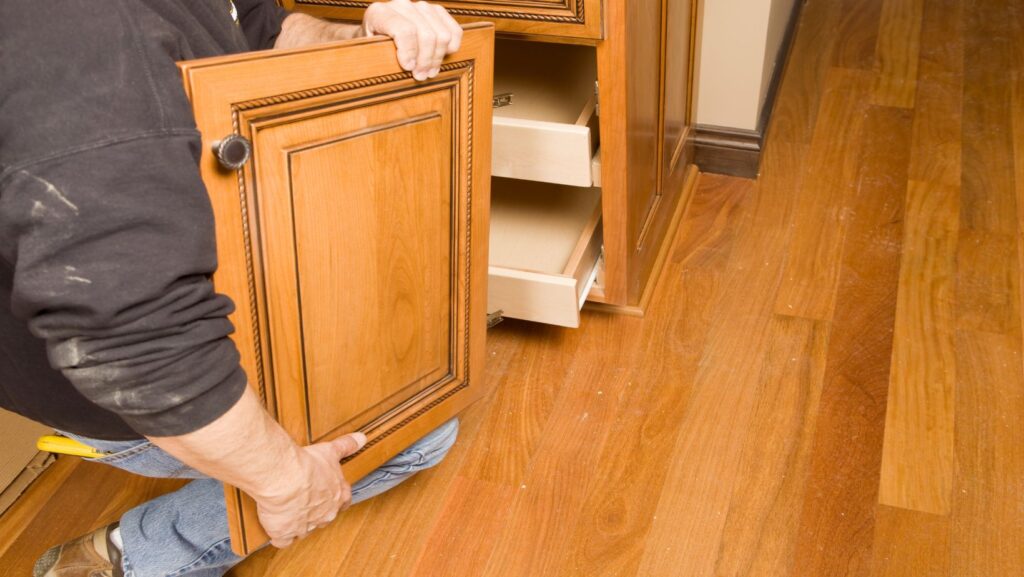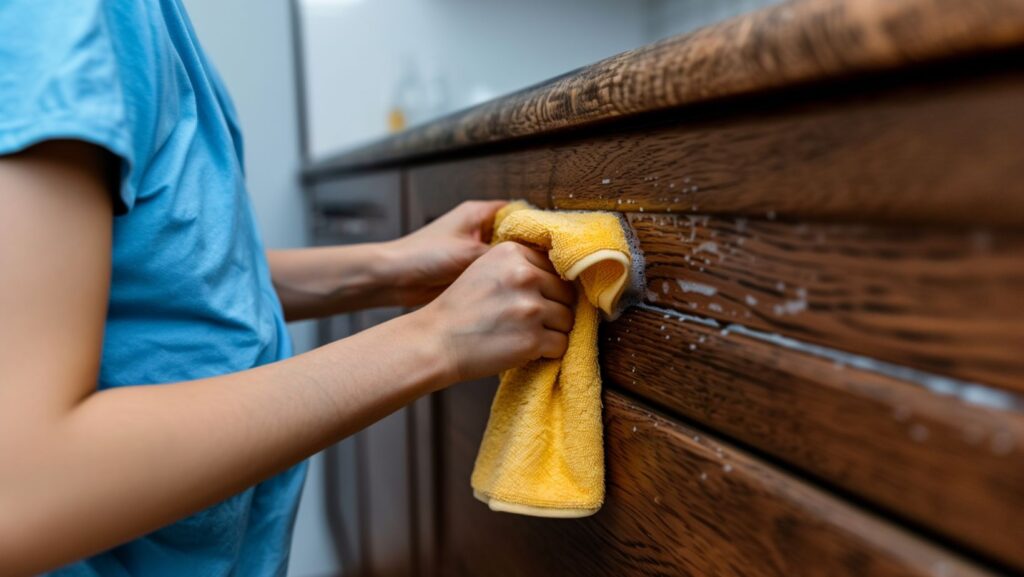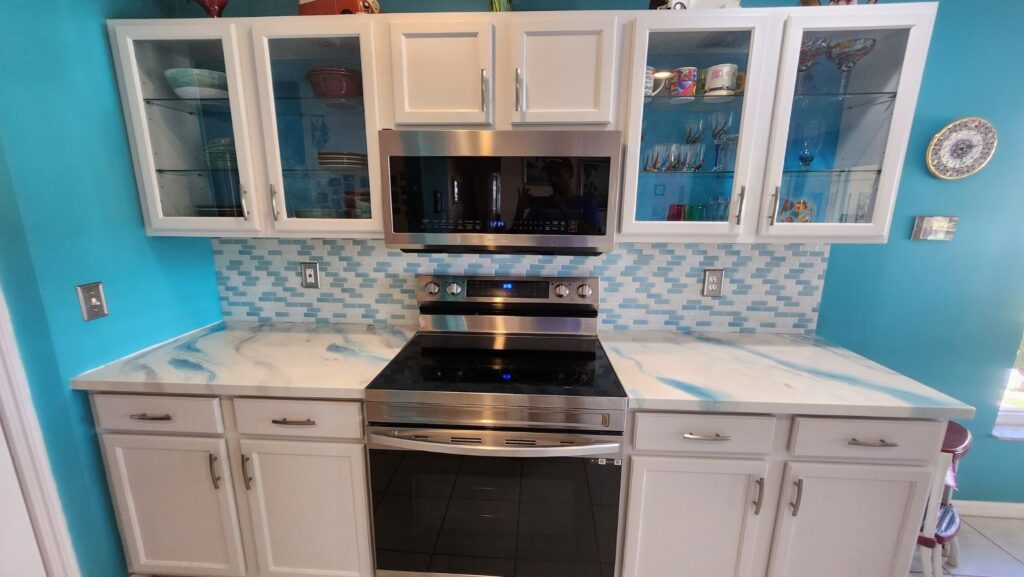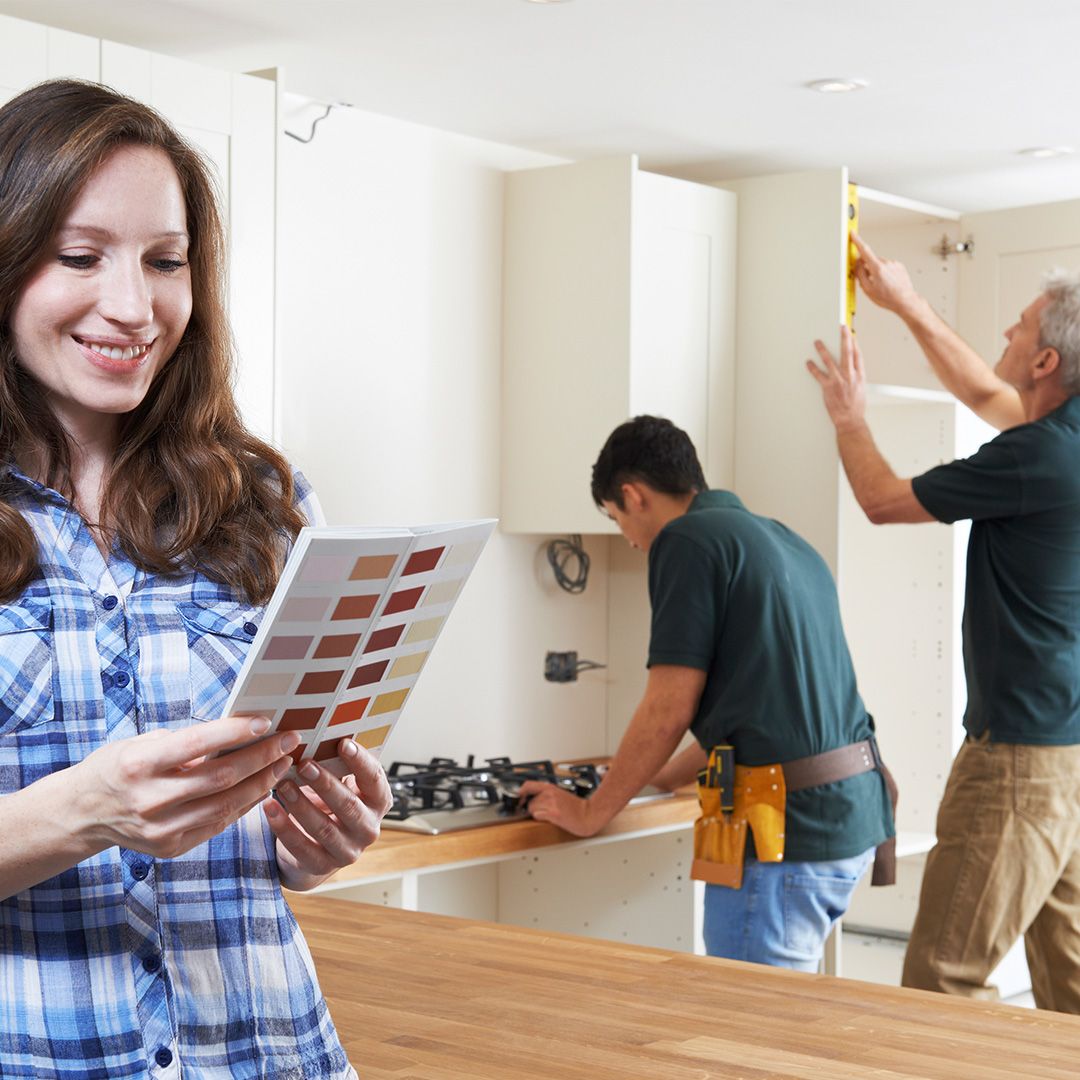How to Remove Cabinet Doors and Hardware Properly: Step-by-Step Guide for Safe and Effective Removal
This comprehensive guide provides detailed instructions and professional insights, featuring tips from cabinet painting co, into safely removing cabinet doors and hardware. It covers the appropriate tools, methods, troubleshooting tips, and safety precautions backed by expert advice and real-world examples. Whether you are a homeowner or a professional in the home improvement industry, this guide will help you efficiently and safely remove cabinet doors and hardware.

Brian Shaffer
Owner

